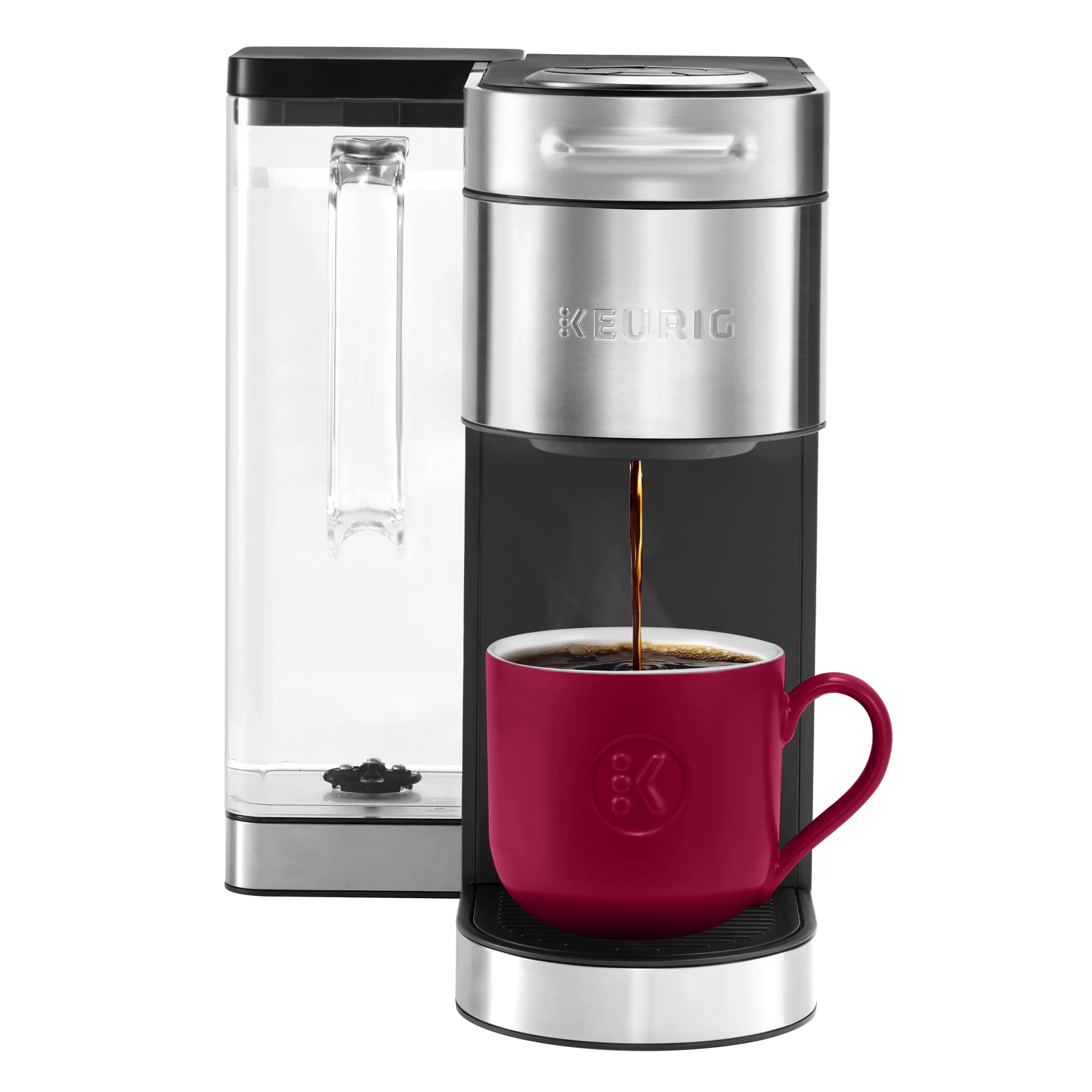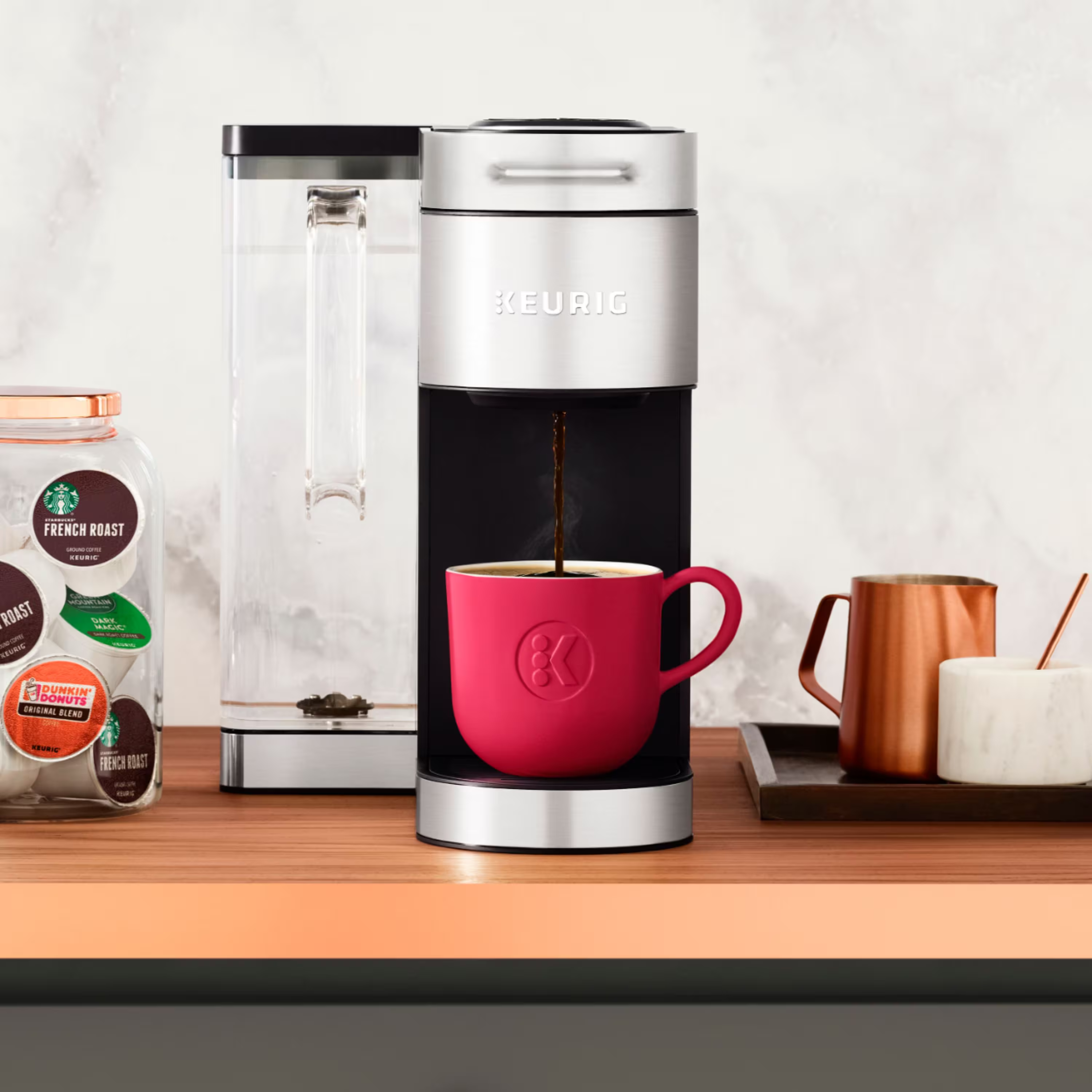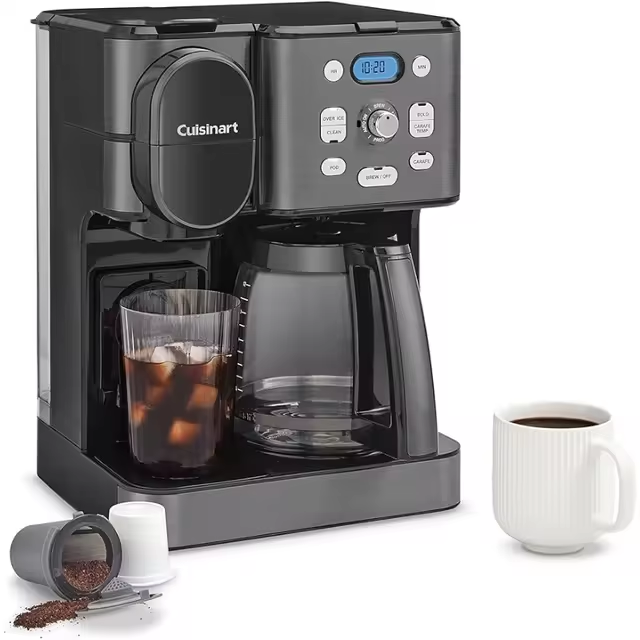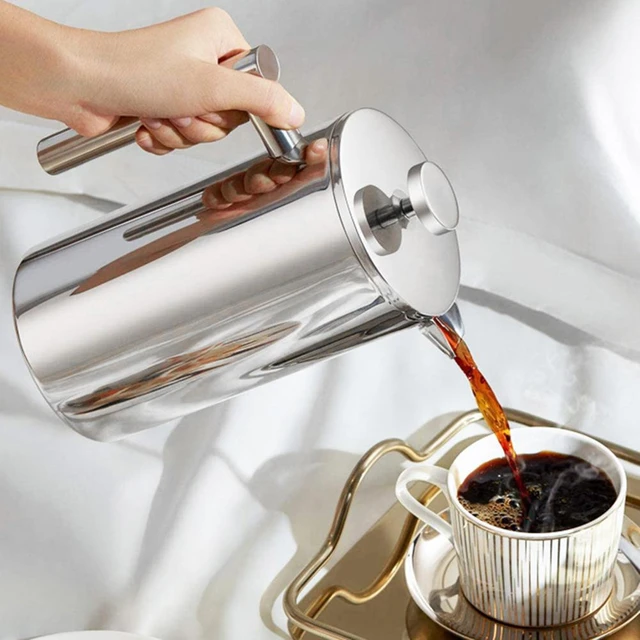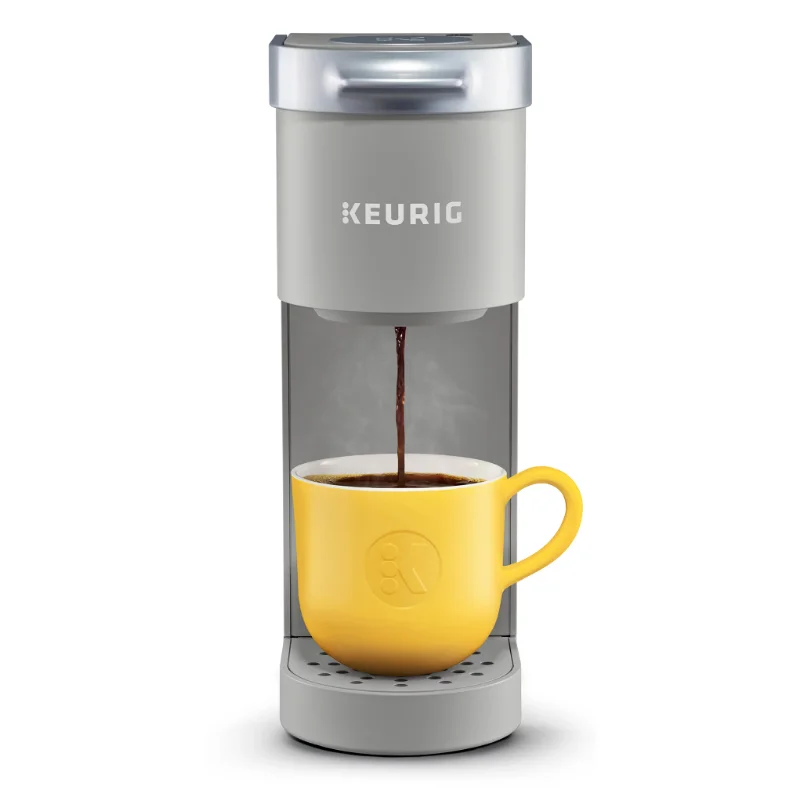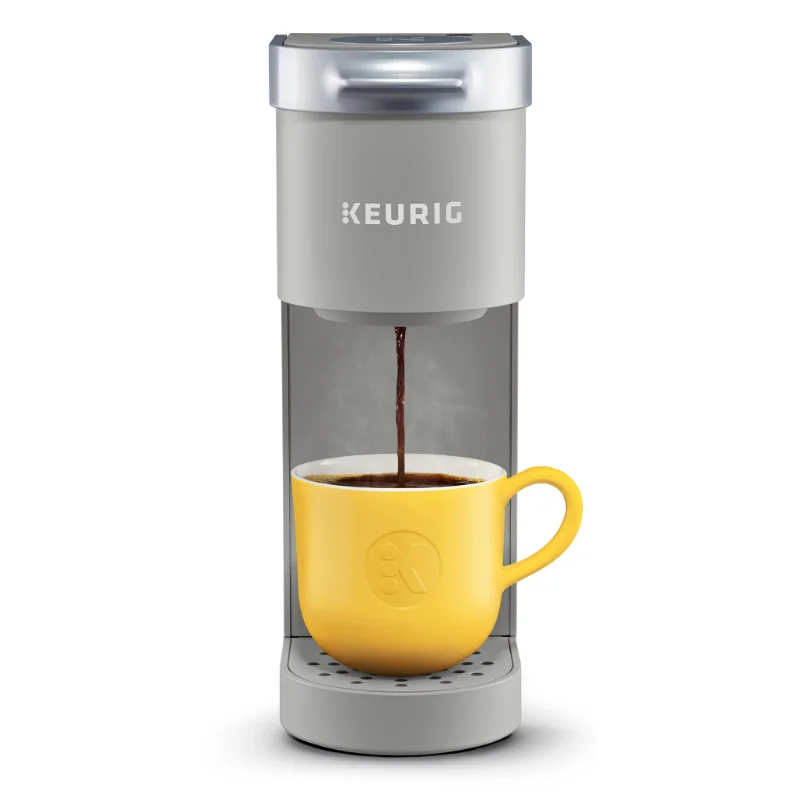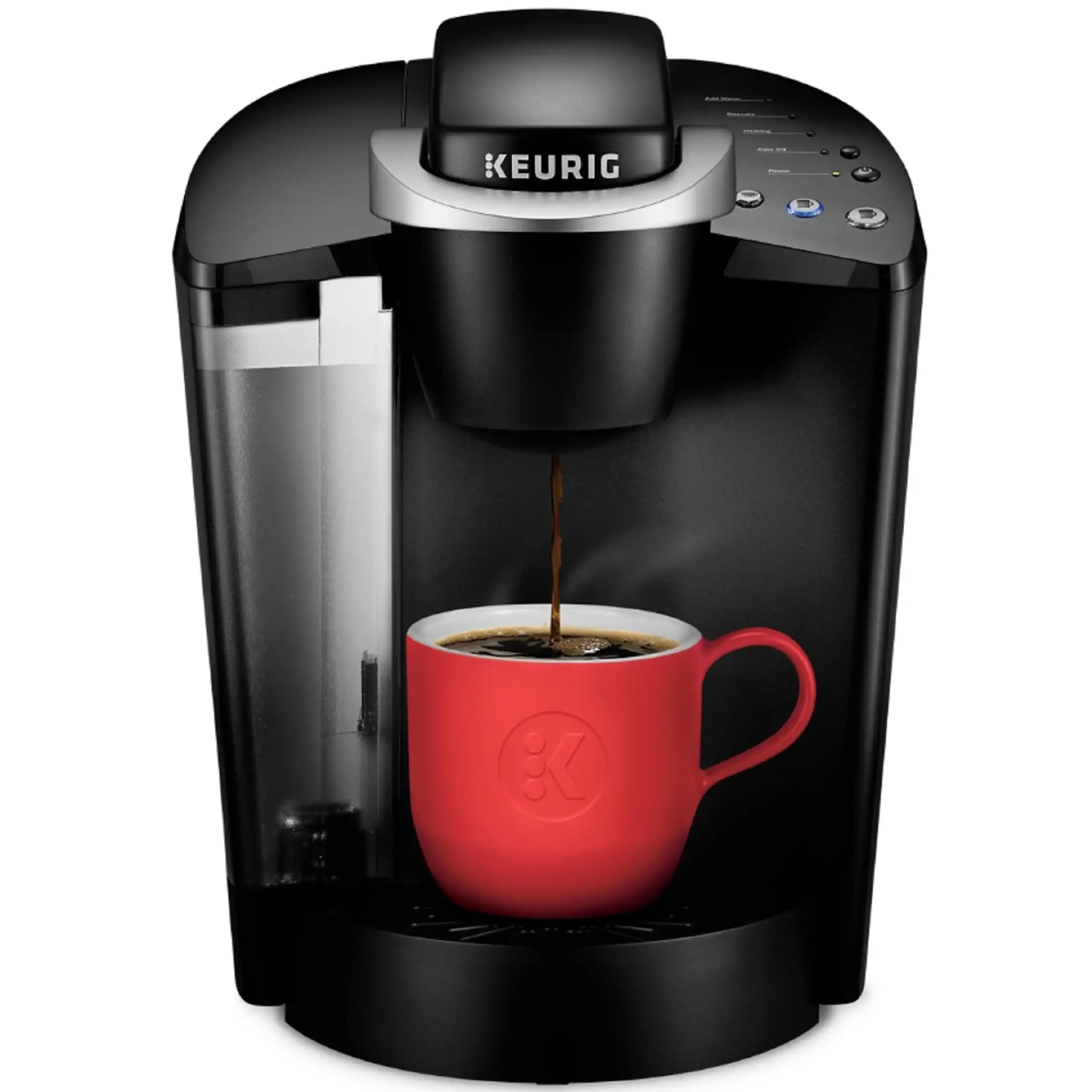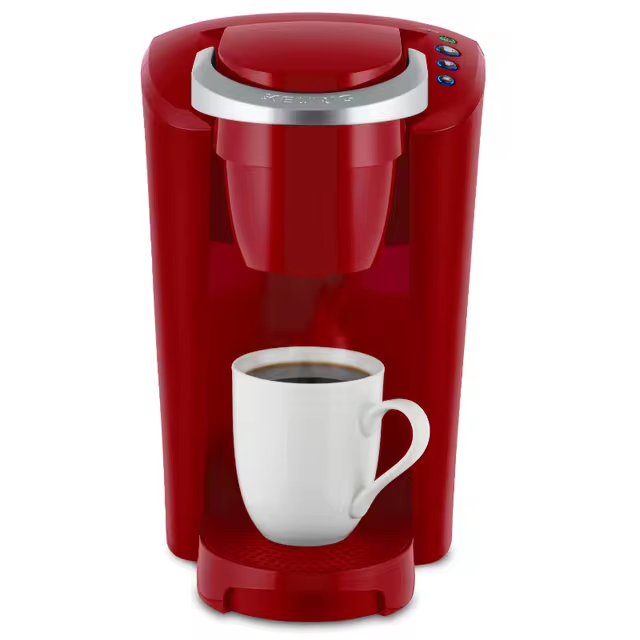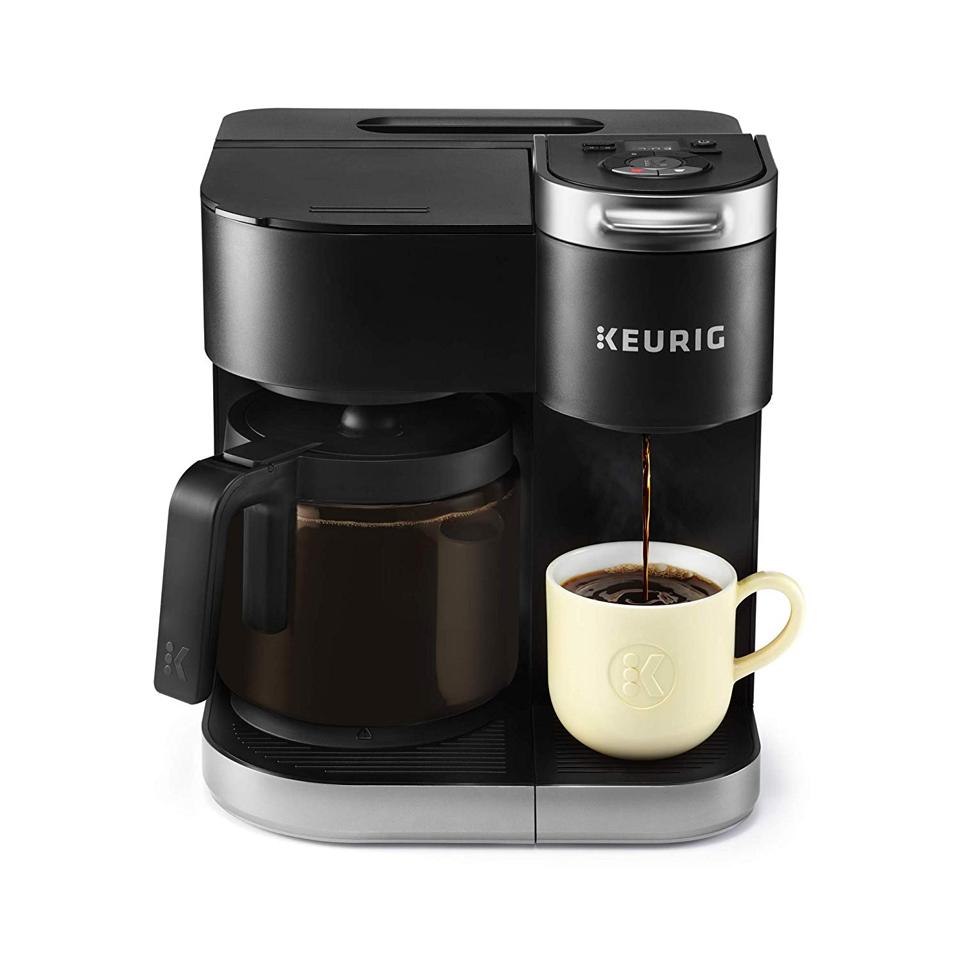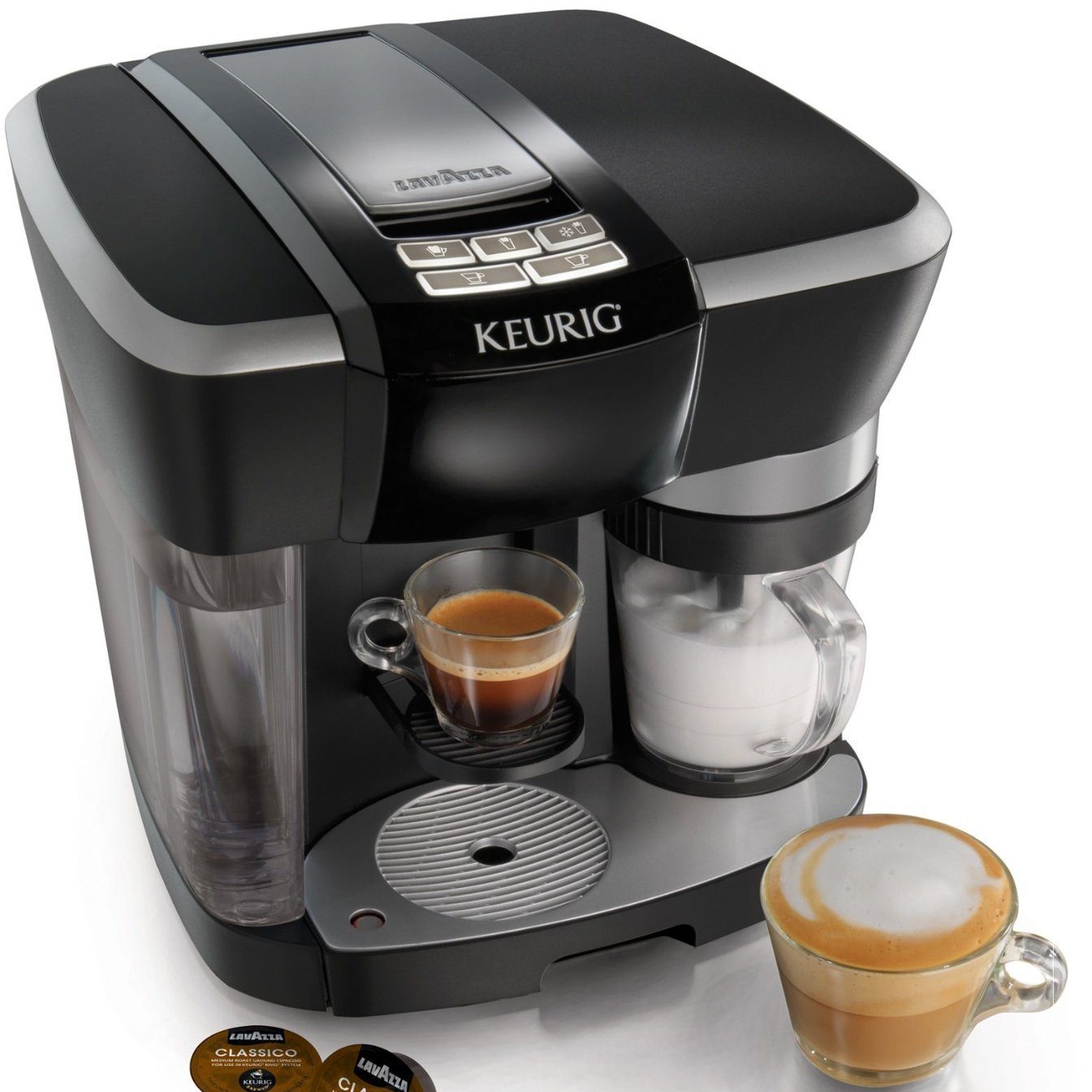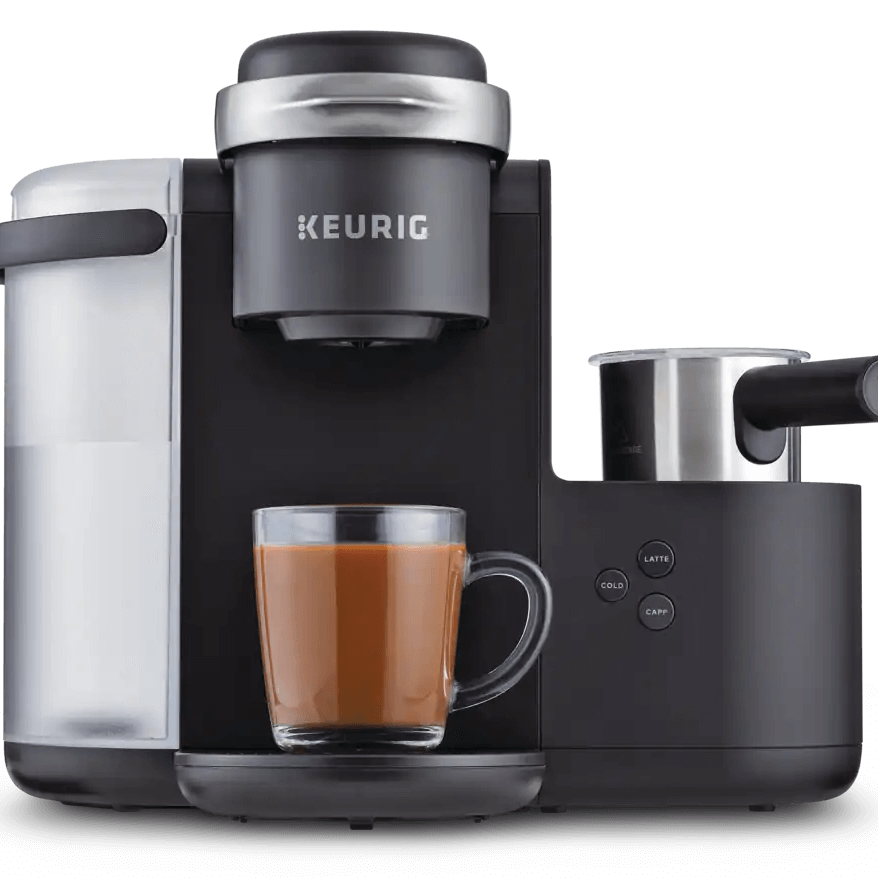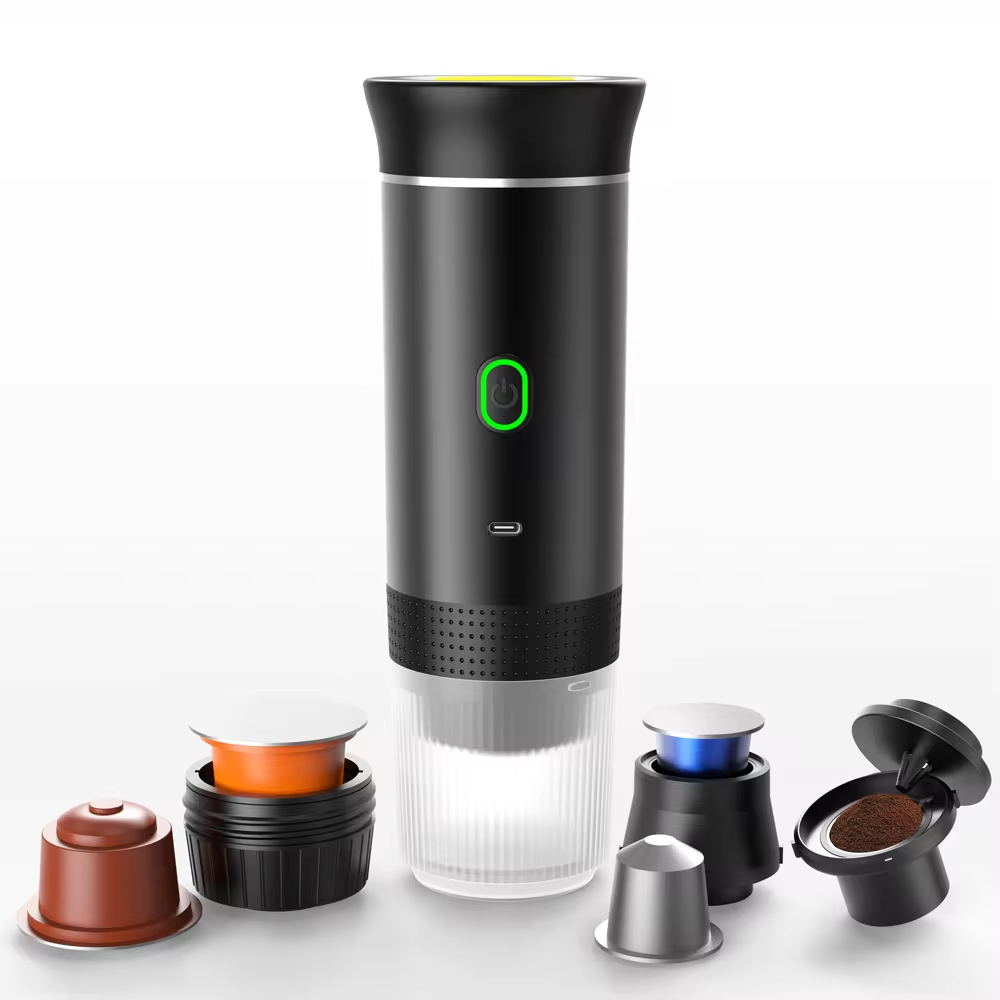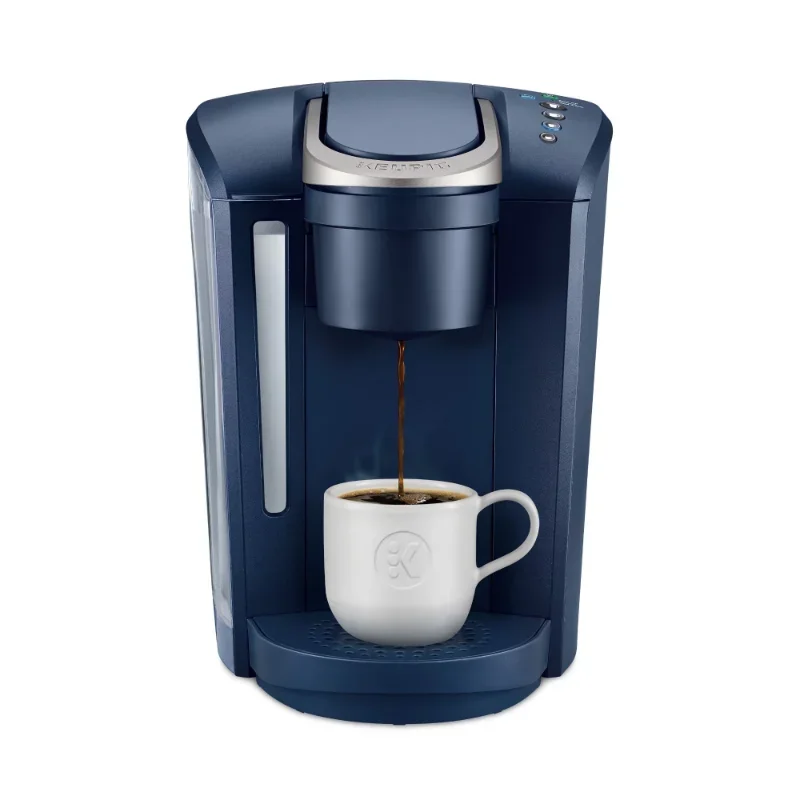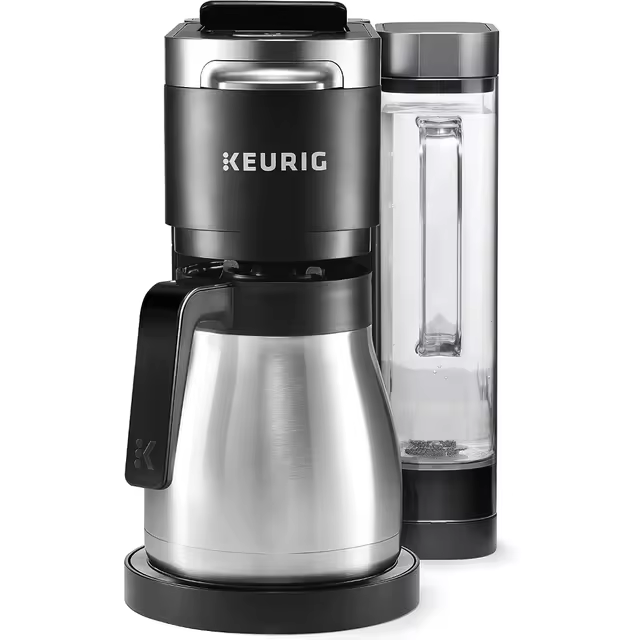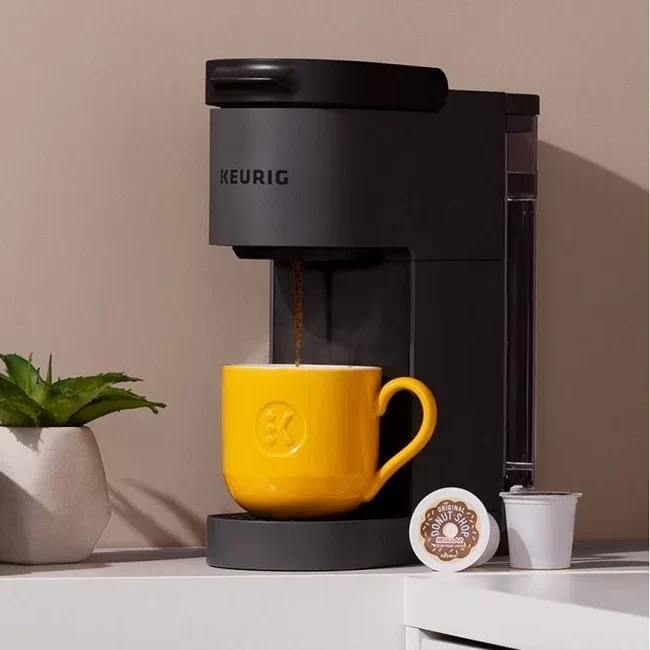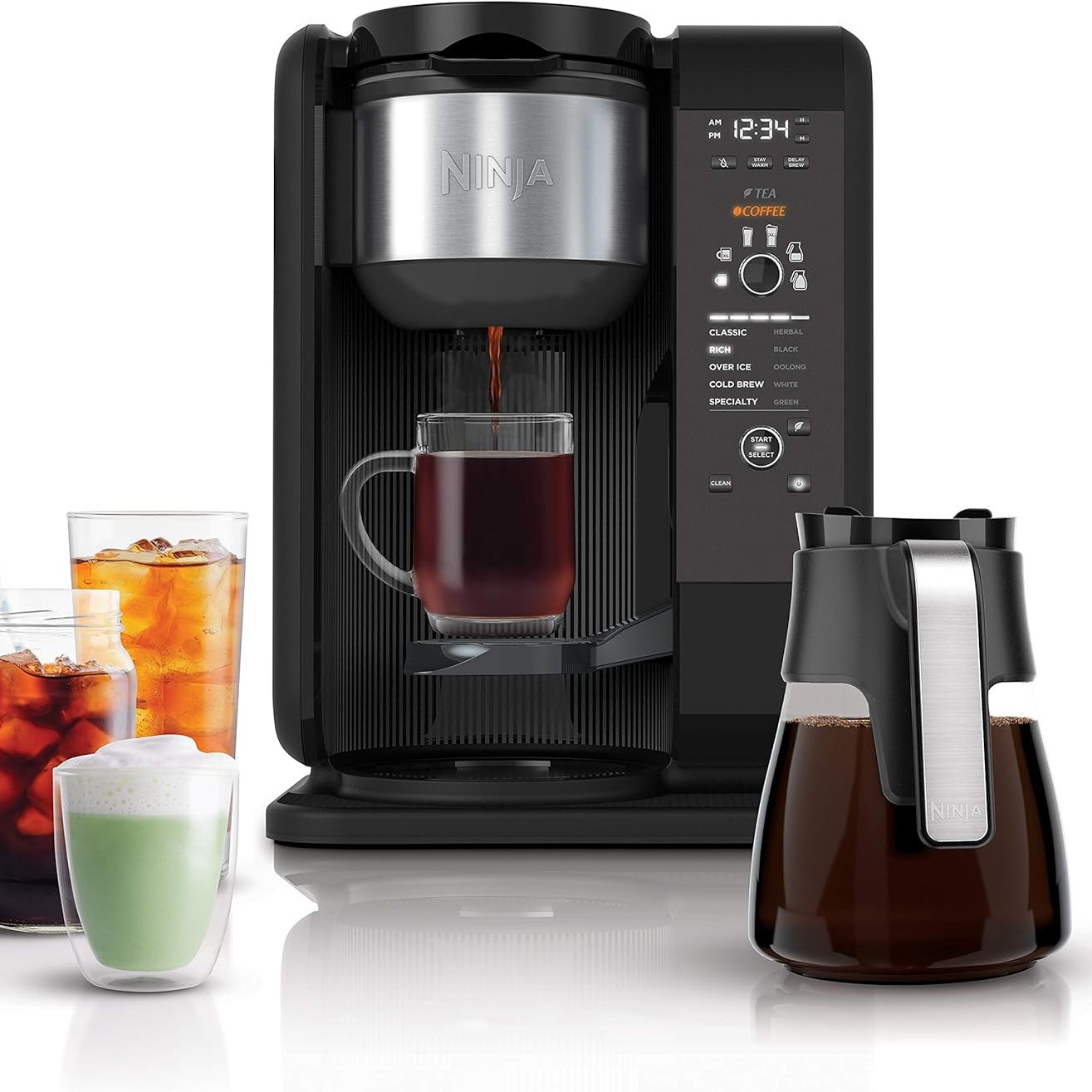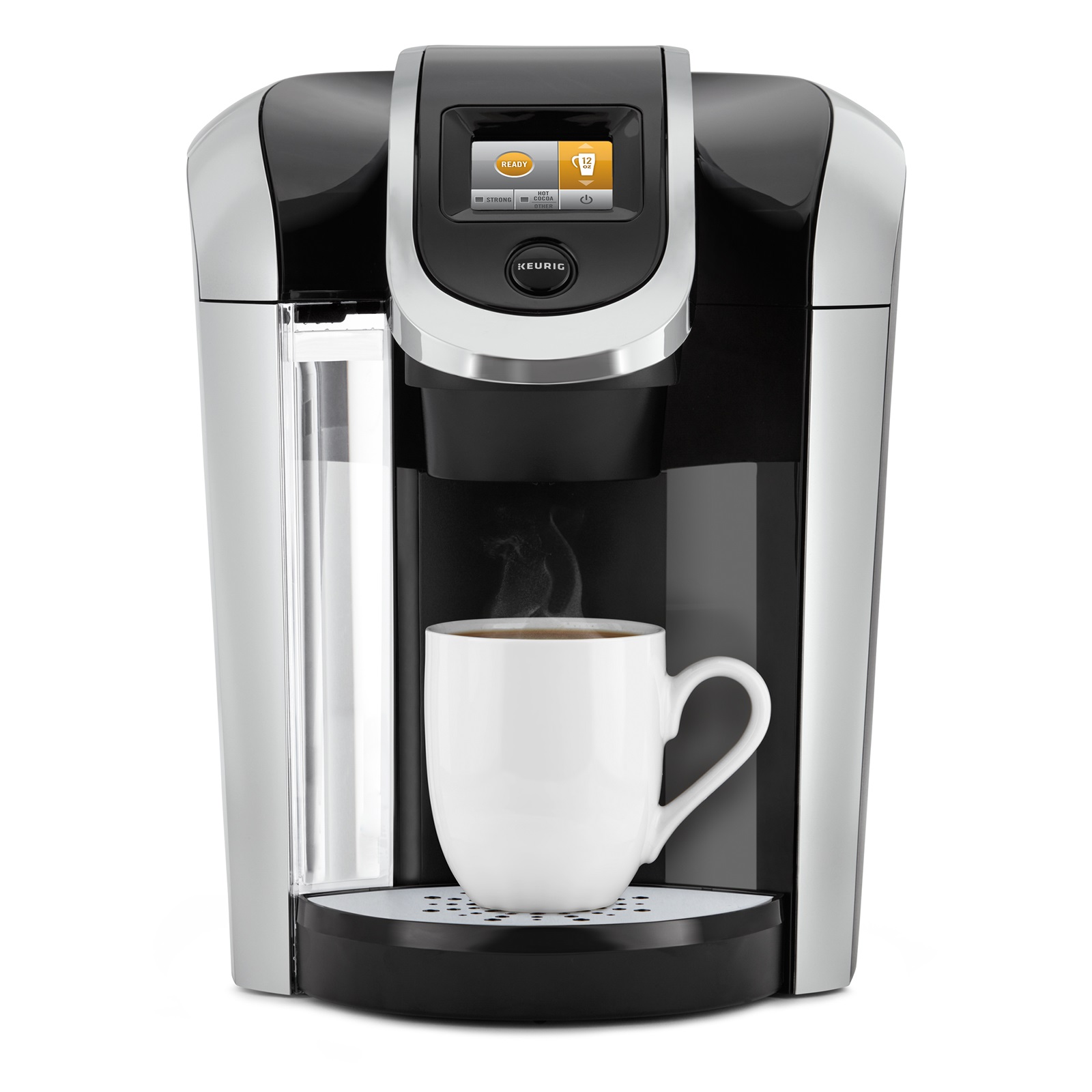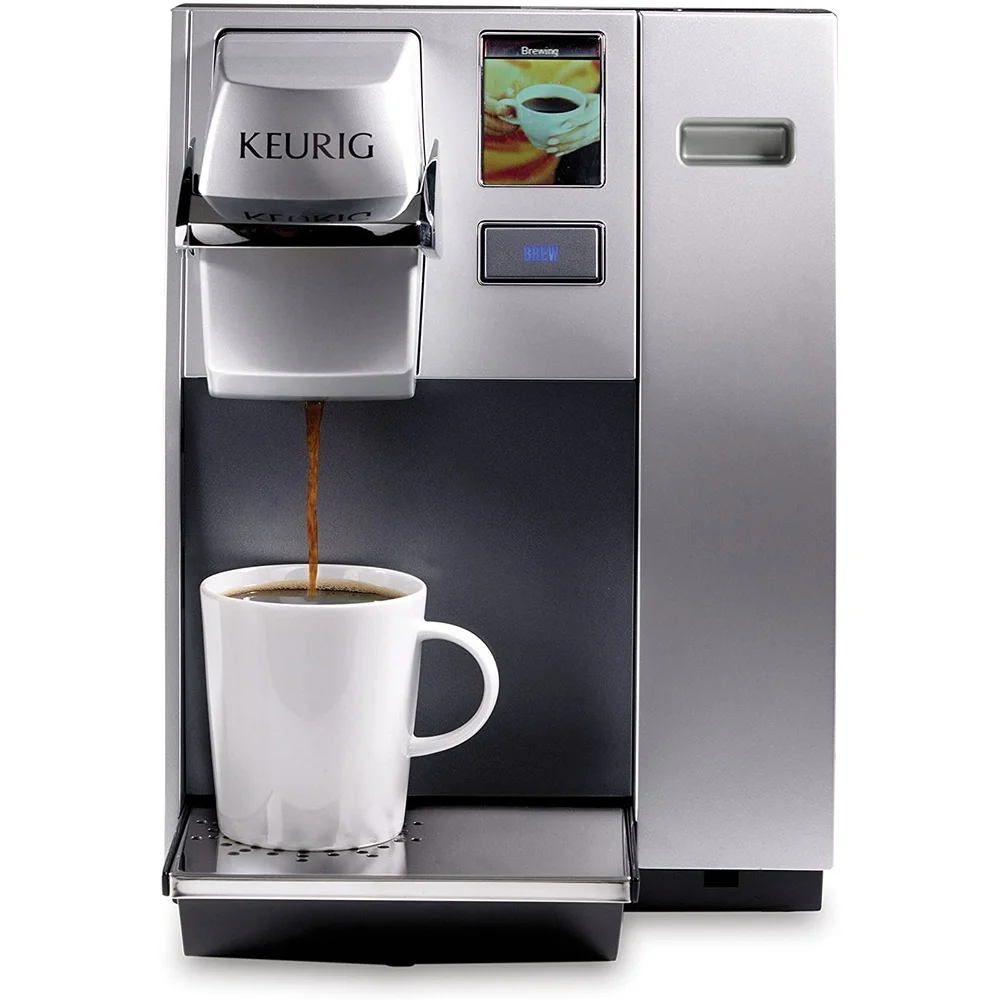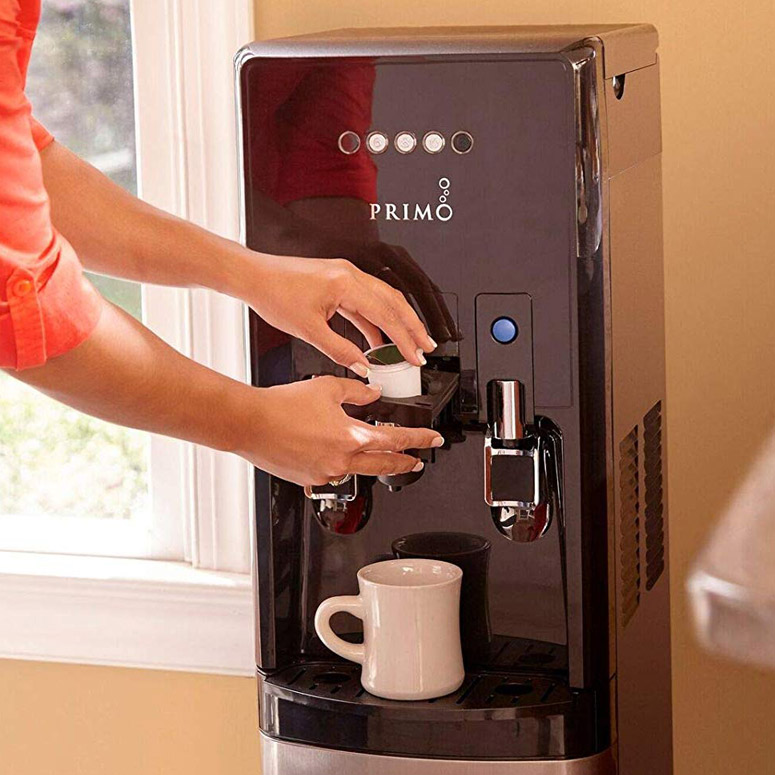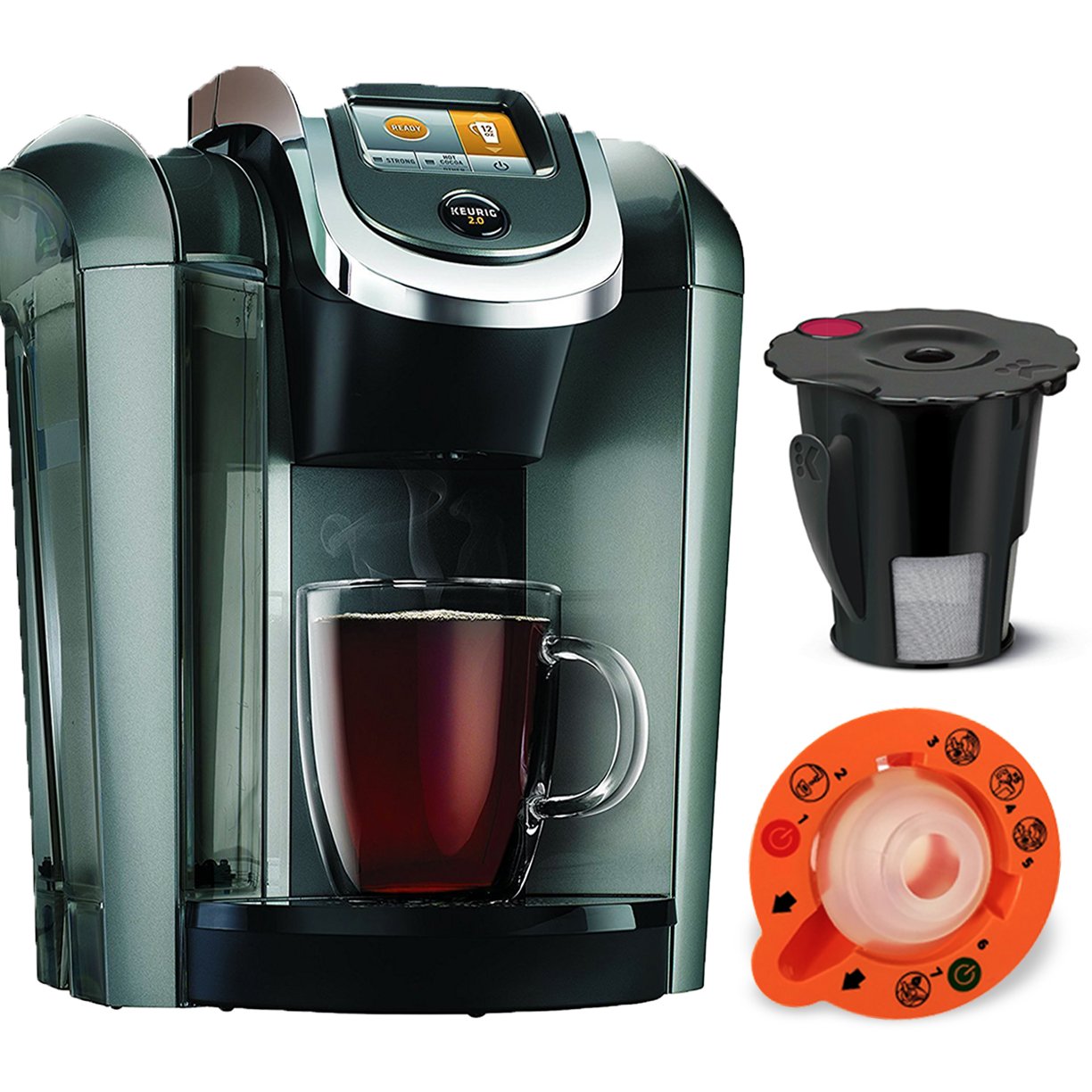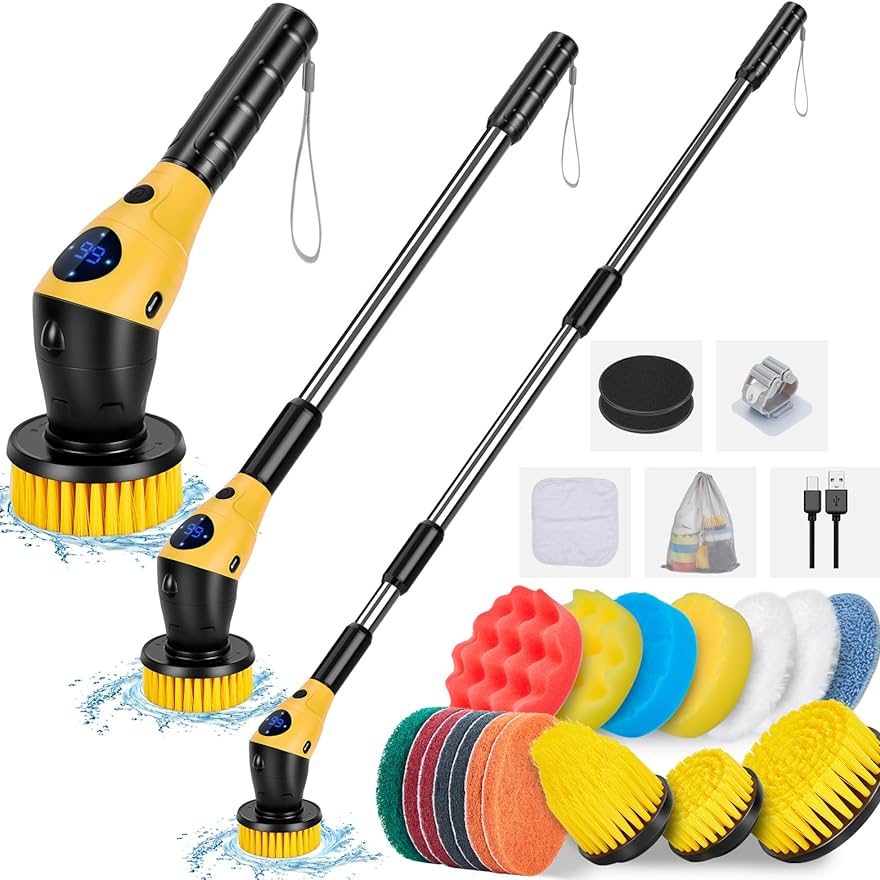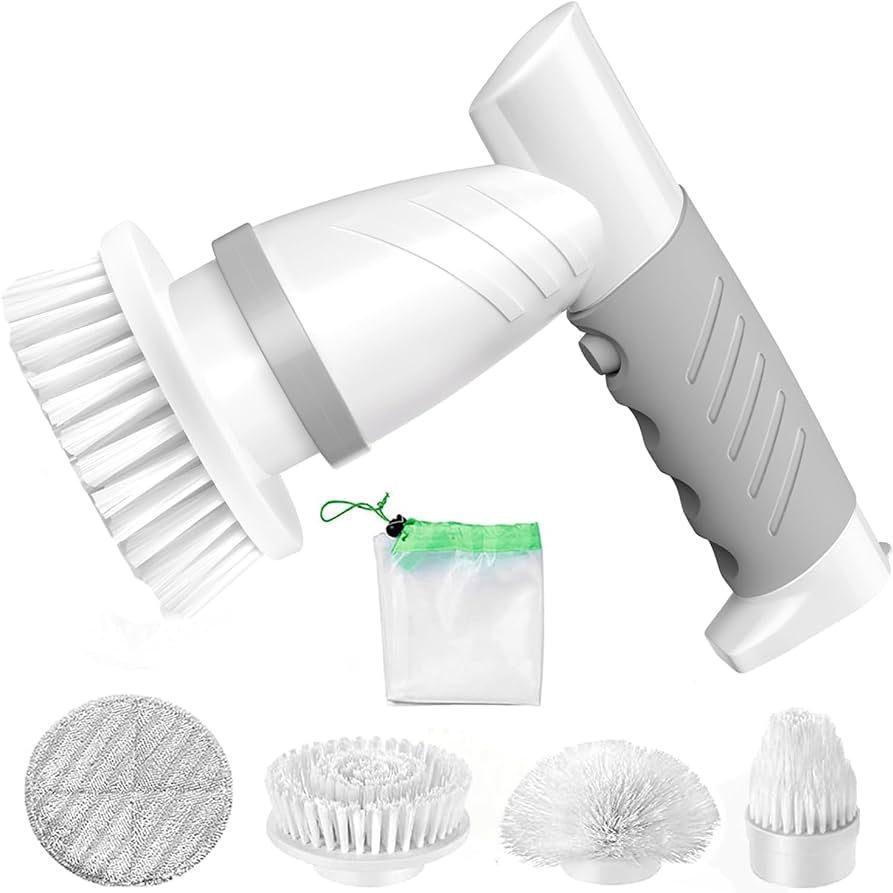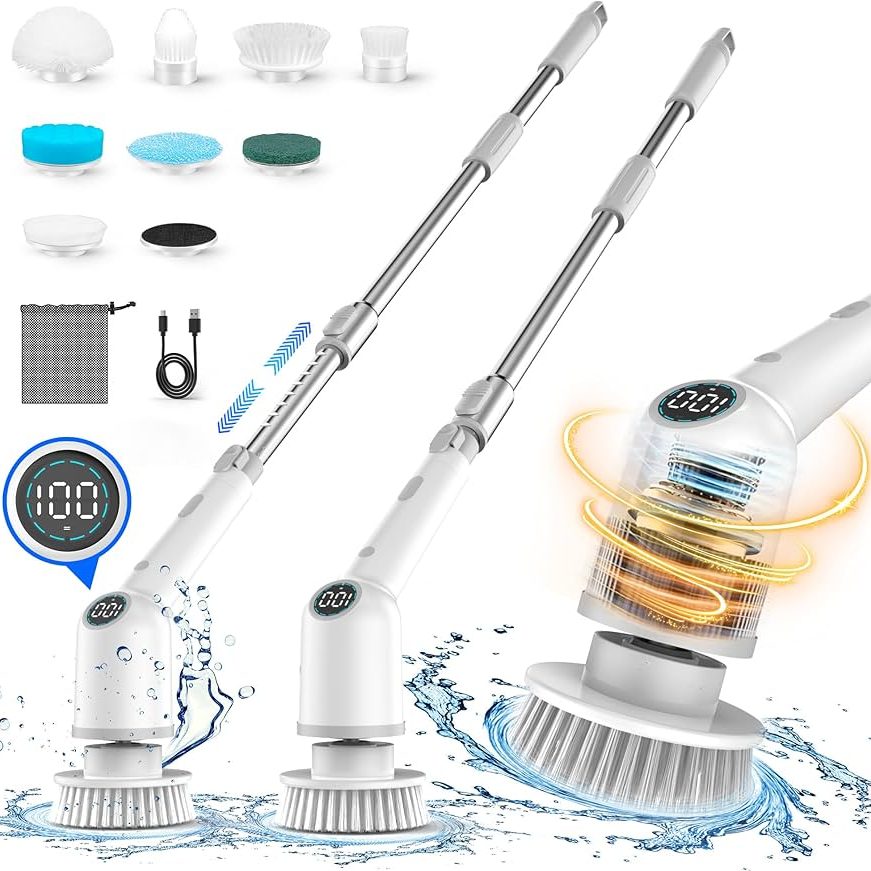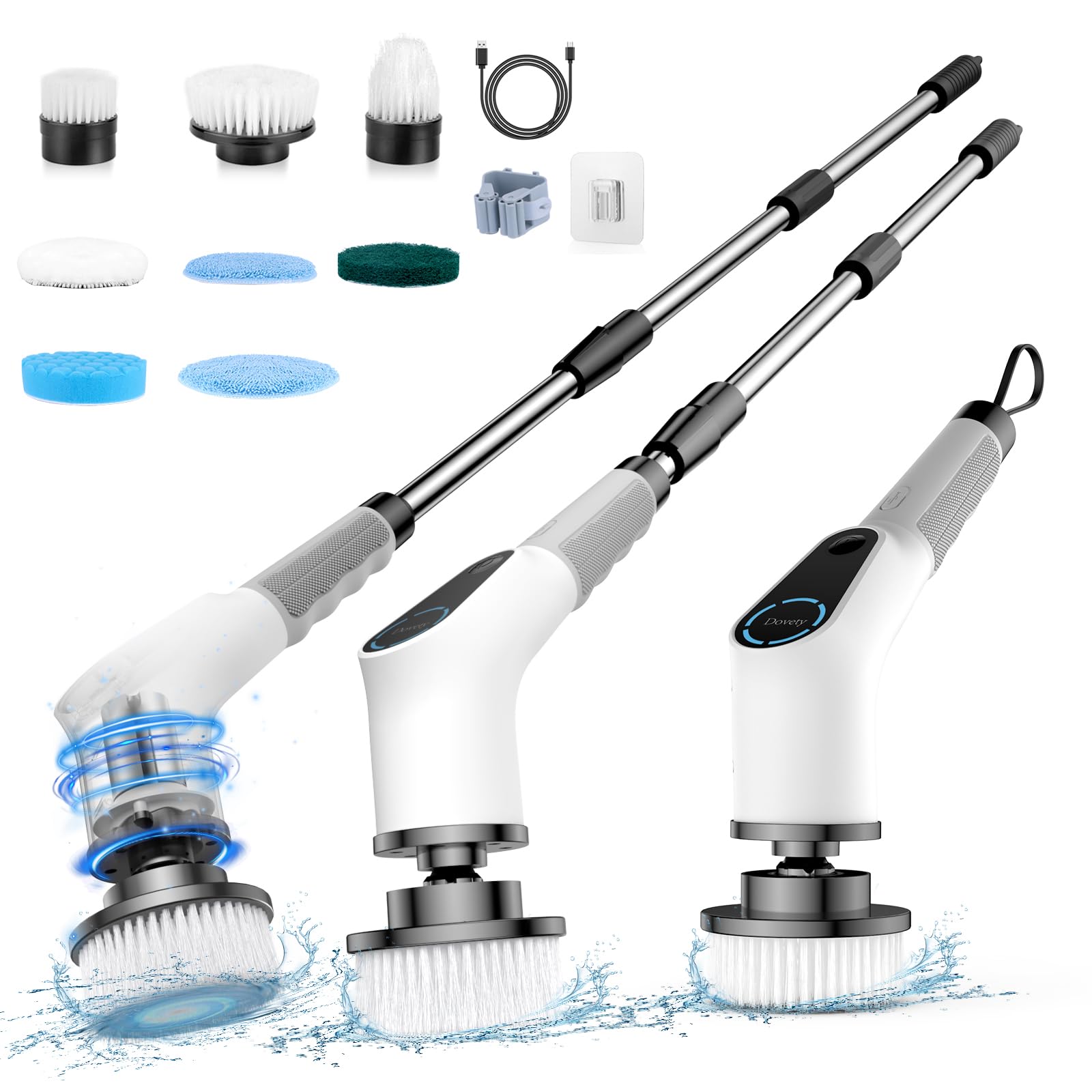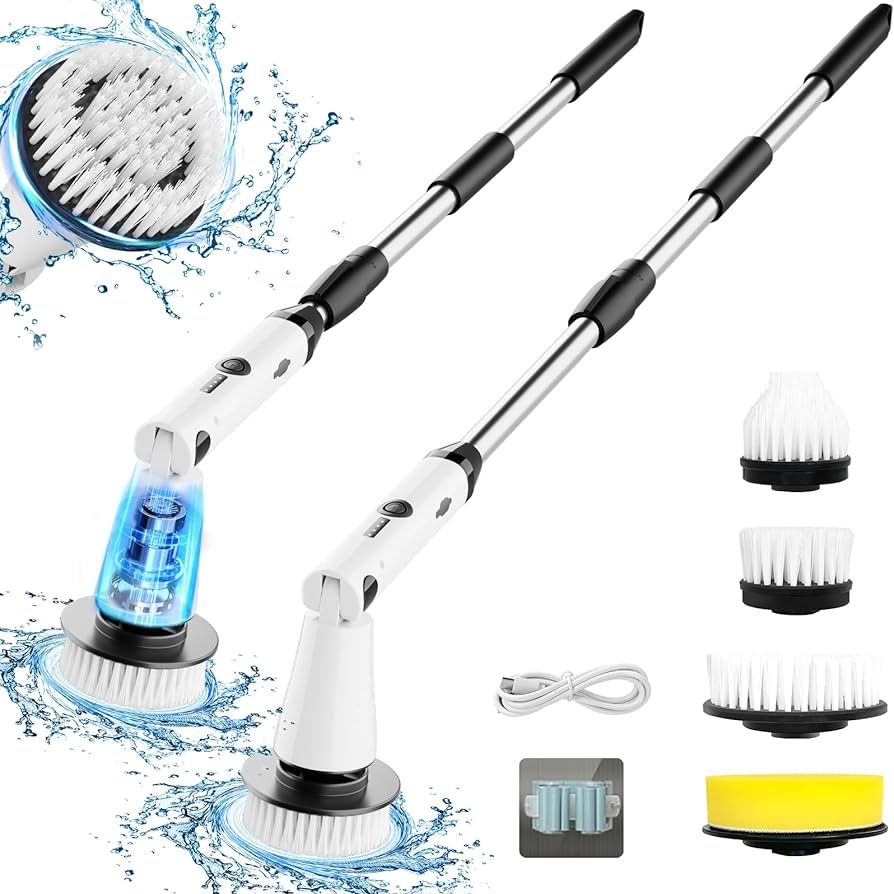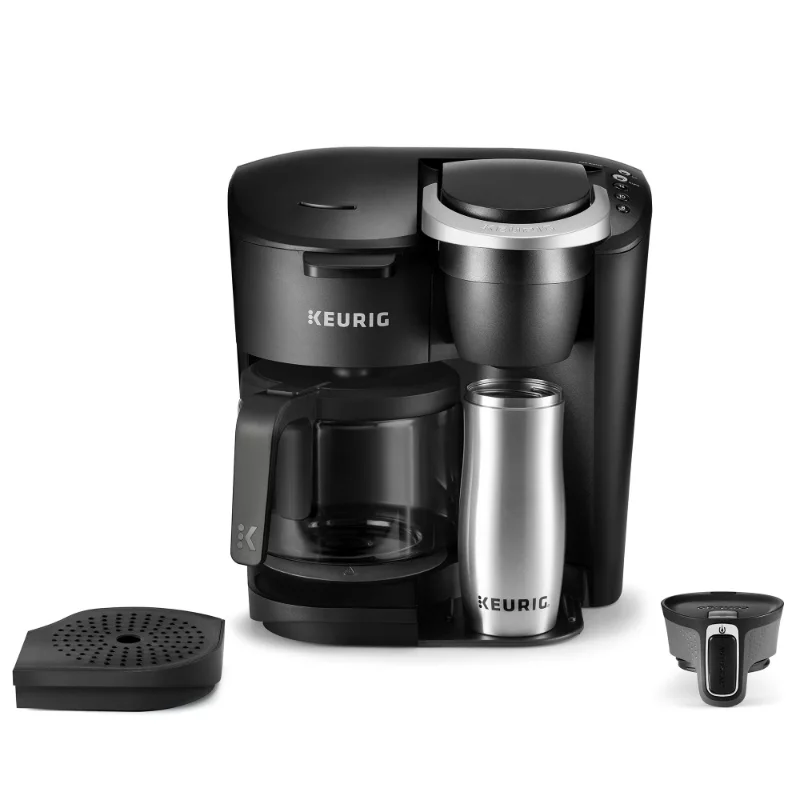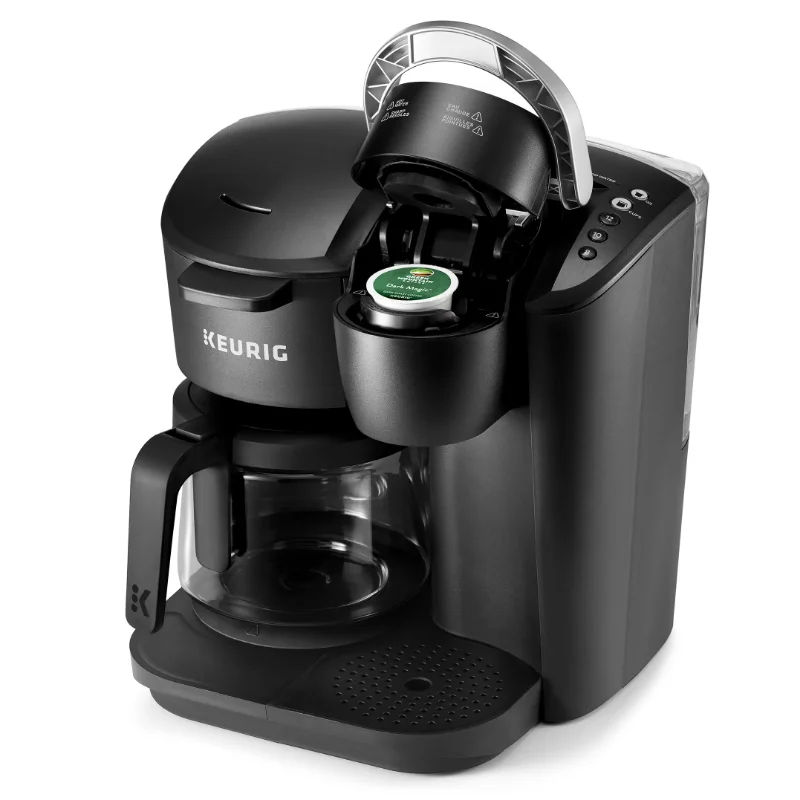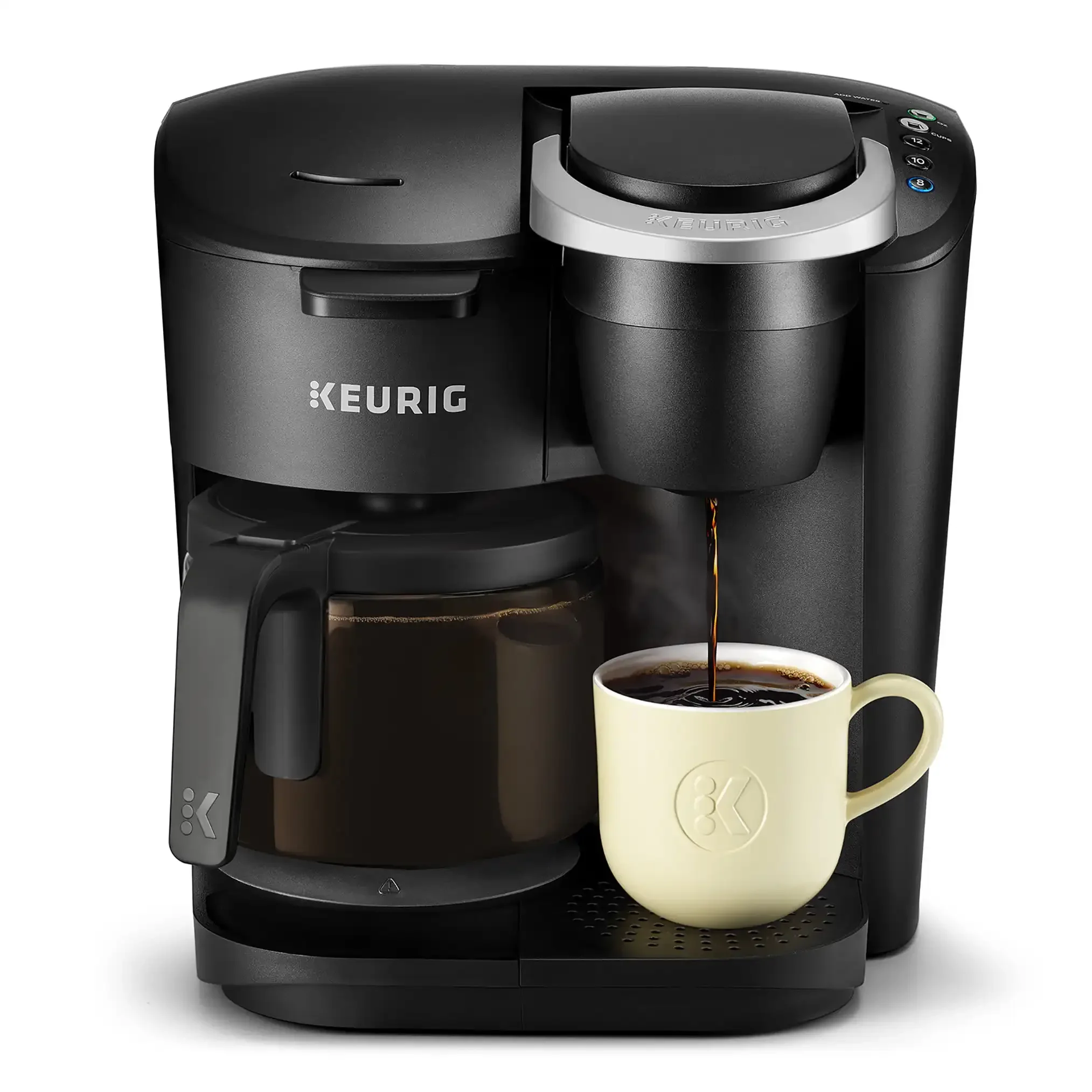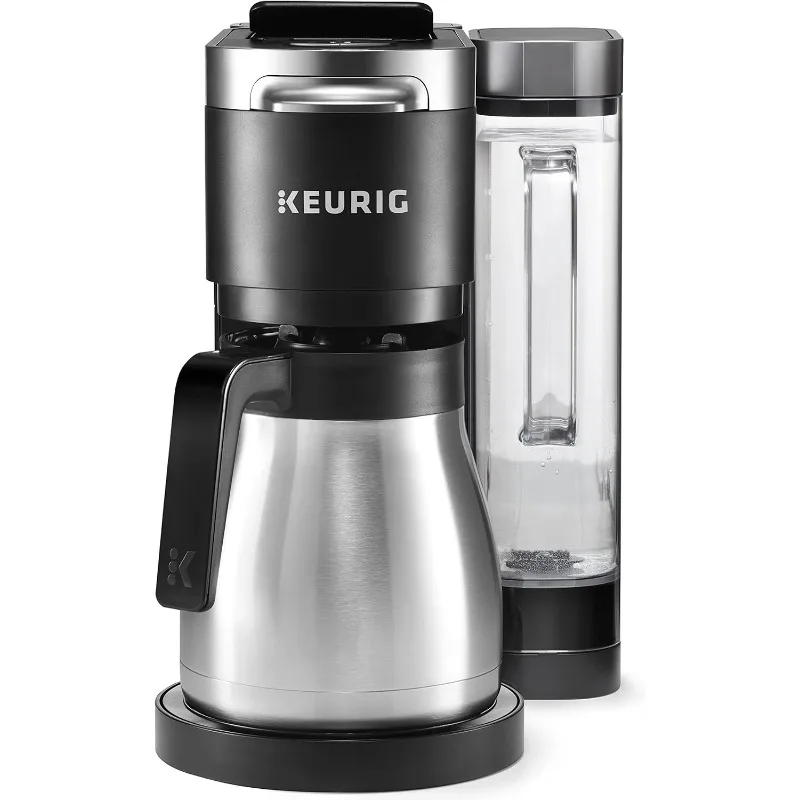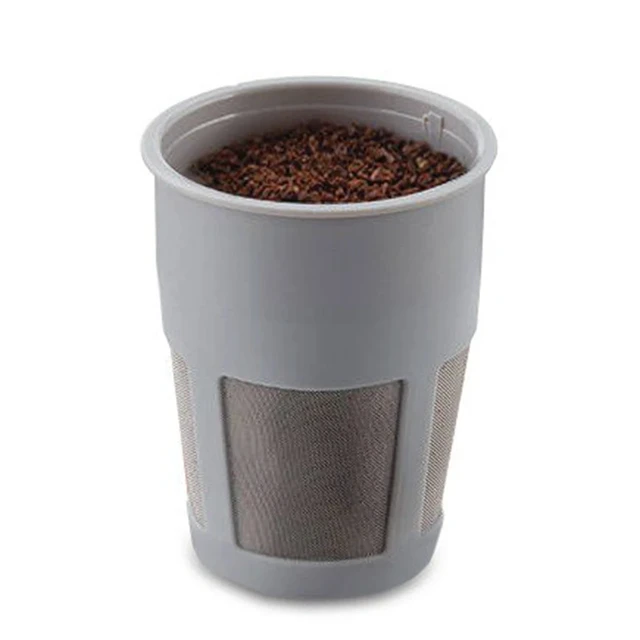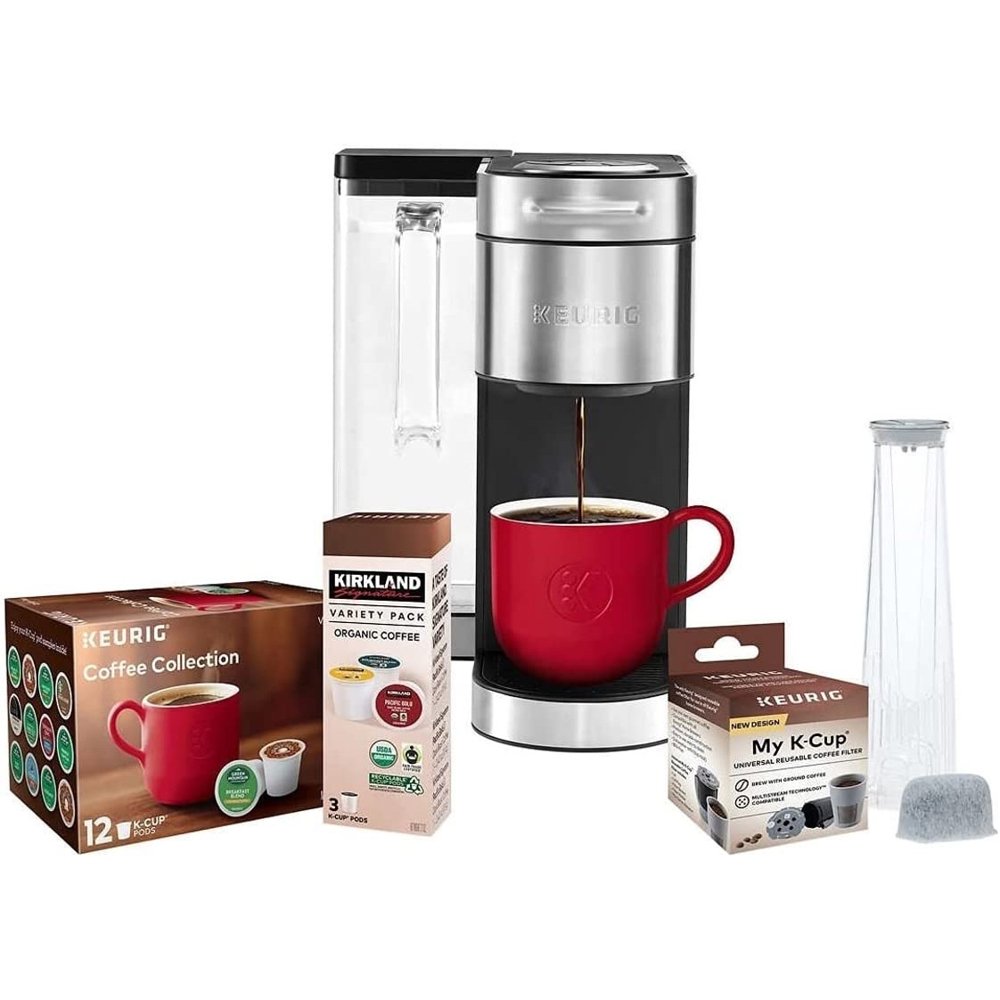
The Keurig K Supreme Plus is a popular coffee maker celebrated for its convenience, speed, and rich brew options. However, like any appliance, it can encounter issues that may prevent it from functioning correctly. One common problem users face is when their Keurig K Supreme Plus won’t turn on. This guide aims to assist you in diagnosing and solving this frustrating issue, ensuring that you can enjoy your coffee without prolonged delays.
Understanding the Basics of Your Keurig K Supreme Plus
The Features of the Keurig K Supreme Plus
Before diving into troubleshooting, it’s essential to understand the features that make the Keurig K Supreme Plus a unique machine. This coffee maker is equipped with innovative technology such as the MultiStream Technology, which offers improved extraction for a more flavorful cup of coffee. Additionally, its customizable settings allow users to adjust brew sizes, strengths, and temperatures, making it suitable for a wide range of preferences.
Common Components and Their Functions
To understand why your Keurig K Supreme Plus won’t turn on, it’s helpful to know its components. Here are some common parts:
- Power Button: The device’s primary power control, essential for turning the machine on and off.
- Water Reservoir: Holds water for brewing. If empty, your machine might behave abnormally.
- Heating Element: Heats water during the brewing process. If it’s malfunctioning, that could prevent your machine from turning on.
- Control Panel: Houses the settings and customization options for your beverage.
Understanding these components will assist you in diagnosing potential issues more effectively.
Initial Diagnosis: Power Supply Issues
Check the Power Source
If your Keurig K Supreme Plus won’t turn on, the first step is to ensure it is receiving power. Here are steps to follow:
- Outlet: Ensure that your machine is plugged into a functioning electrical outlet. You can check this by plugging in another device, like a lamp, to see if it works.
- Power Cable: Examine the power cable for any visible damage or fraying. If the cable is damaged, it may need to be replaced.
- Surge Protectors: If you’re using a surge protector, try plugging the machine directly into the wall outlet.
Circuit Breaker and Fuse Check
Sometimes, a tripped circuit breaker can prevent your coffee maker from receiving power. Locate your electrical panel and check if any breakers have been flipped. If so, reset the breaker. Similarly, if your house uses fuses, inspect them to ensure they’re intact.
Exploring Internal Issues
Resetting the Machine
Sometimes, your Keurig K Supreme Plus may need a reset to function again. Follow these steps:
- Unplug the machine from the outlet.
- Wait for about 30 seconds.
- Plug it back in and try turning it on again.
This simple process can clear minor errors or glitches that might be keeping your machine from powering on.
Inspecting for Overheating
The Keurig K Supreme Plus features an automatic shut-off system designed to prevent overheating. If the machine has reached an unprecedented temperature, it may stay off until it cools down. Here’s what to do:
- Allow the machine to cool for 30-60 minutes.
- Once it’s cool, try turning it on.
If it powers on after cooling, the issue may have been a one-time occurrence. However, if it frequently overheats, consult a technician or the customer service department.
Water Reservoir and Internal Components
Ensuring a Proper Water Supply
Another common reason for your Keurig K Supreme Plus not turning on could be an empty or improperly placed water reservoir. Here’s what to check:
- Water Level: Make sure the water reservoir is filled to the recommended level. If it’s empty, the machine may not turn on.
- Placement: Ensure the reservoir is securely placed in its position. If it’s not seated correctly, the machine may not function.
Checking the Internal Components
If you’ve confirmed the external power and water supply are adequate, the issue may lie within the internal components. Here are areas to inspect:
- Heating Element: If the heating element is damaged, the machine will not operate. This component may need servicing.
- Sensors: Various sensors monitor the water level and temperature. If they are malfunctioning or broken, your machine may not power on.
If you are comfortable opening the unit, you can carefully check these components, but if not, it may be best to consult customer service or a technician.
Conducting Further Troubleshooting Steps
Cleaning the Machine
Sometimes, built-up residue from coffee oils and minerals can lead to operational issues. Regular cleaning can help maintain optimal performance:
- Descaling: Follow the manufacturer’s instructions for descaling the machine. Use a descaling solution if possible.
- External Cleaning: Wipe down the exterior and clean the water reservoir weekly to prevent buildup.
Checking for Software Issues
Modern appliances often come with software that can experience glitches. If your Keurig K Supreme Plus has a display panel, check for any error messages that might indicate a specific issue. Refer to the user manual to decode the message.
Sometimes, unplugging the machine for several hours may help reset the software component.
The Importance of Professional Help
When to Contact Customer Service
If you’ve followed all the logical troubleshooting steps and still find that your Keurig K Supreme Plus won’t turn on, it may be time to reach out to customer service. Here are signs you should contact them:
- Persistent Issues: If the problem continues even after multiple attempts to troubleshoot.
- Warranty Considerations: If your machine is still under warranty, contacting customer service might be beneficial for repairs or replacements.
- Complex Repairs Needed: If you suspect complex internal issues, a technician may be required for further assistance.
Finding a Qualified Technician
If your machine is no longer under warranty and you wish to have it repaired, ensure you find a qualified technician. Look for someone specialized in appliance repair and preferably experienced with Keurig machines.
A good technician can quickly diagnose the problem and recommend repair options that may save you time and money in the long run.
 Preemptive Measures for Future Use
Preemptive Measures for Future Use
Regular Maintenance and Care
To ensure your Keurig K Supreme Plus operates smoothly and minimizes the chances of it not turning on in the future, adopt a regular maintenance schedule:
- Descale Monthly: Depending on your water hardness, descaling monthly or bimonthly can prevent build-up.
- Regular Clean-ups: Clean the exterior and all removable parts every week.
- Water Checks: Frequently check and refill the water reservoir to ensure proper operation.
Understanding Usage Limitations
Be mindful of your machine’s capacity and limitations. Overusing it without allowing it to rest can lead to overheating and potential power issues. Allow your Keurig K Supreme Plus regular breaks during heavy use.
Conclusion: my keurig k supreme plus won’t turn on
Experiencing issues with a coffee maker can be disheartening, especially when you rely on it for your daily caffeine fix. If your Keurig K Supreme Plus won’t turn on, remember to work through the outlined steps for troubleshooting. From verifying power sources to checking internal components, many paths can lead you to the resolution you need.
In case the problem persists, don’t hesitate to reach out to customer service or a qualified technician to get your machine back to brewing delicious coffee. Being proactive in maintenance and addressing potential issues promptly can contribute significantly to the longevity and performance of your Keurig K Supreme Plus.
